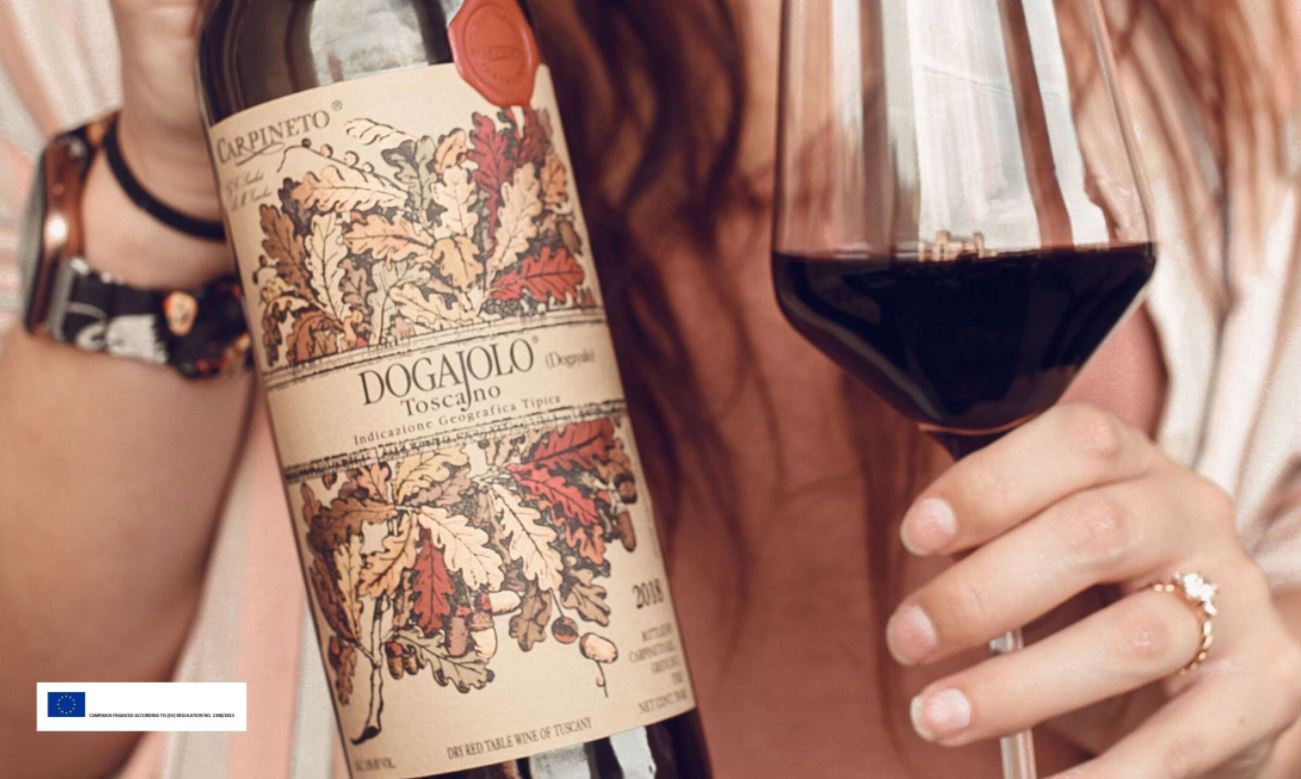The process of winemaking is perhaps one of the most interesting steps in the enological world. Historically, grapes would ferment spontaneously until the yeasts in the air would transform them into sugar and alcohol with a not so “scientific” process.
Modern day winemaking is drastically different with yeasts yeasts actually being selected. The vinification process transforms grapes into must and then into wine. Each one of these steps is meticulously followed by oenologists who are in essence the heart and soul of winemaking. During the winemaking process, as must is turned into wine, the yeasts transform sugar into alcohol and give wine both their olfactory and gustatory characteristics.
The numbers we find on the wine bottle label tells us the percentage of alcohol and more precisely, without splitting hairs too much, it is somewhat necessary to distinguish between potential and actual alcohol content. The latter is the percentage of sugar that is actually transformed into alcohol and is also expressed in percentage terms. The potential alcohol instead is the result of potential fermentation of possible residual sugar that is left in the must.
Dry wines, which constitute most of the wines on the current market, usually have a potential alcohol and an actualy alcohol level which is more or less the same. It is rare that that a sweet residue of a dry wine is not transformed into alcohol and can happen with grapes such as Primitivo di Manduria.
Sweet sparkling wines is a whole other story, with residual sugar still very present in the bottle itself. If one was curious enough to understand just how much alcohol could be derived from the remaining residual sugar, all you would need to do is multiply the percentage of the latter by the coefficient 0.6, which is the yield of the sugar yeast transformed into alcohol. This will then tell you the total alcohol content of the wine, which in any case never exceeds 15-16%.
Modern day winemaking is drastically different with yeasts yeasts actually being selected. The vinification process transforms grapes into must and then into wine. Each one of these steps is meticulously followed by oenologists who are in essence the heart and soul of winemaking. During the winemaking process, as must is turned into wine, the yeasts transform sugar into alcohol and give wine both their olfactory and gustatory characteristics.
The numbers we find on the wine bottle label tells us the percentage of alcohol and more precisely, without splitting hairs too much, it is somewhat necessary to distinguish between potential and actual alcohol content. The latter is the percentage of sugar that is actually transformed into alcohol and is also expressed in percentage terms. The potential alcohol instead is the result of potential fermentation of possible residual sugar that is left in the must.
Dry wines, which constitute most of the wines on the current market, usually have a potential alcohol and an actualy alcohol level which is more or less the same. It is rare that that a sweet residue of a dry wine is not transformed into alcohol and can happen with grapes such as Primitivo di Manduria.
Sweet sparkling wines is a whole other story, with residual sugar still very present in the bottle itself. If one was curious enough to understand just how much alcohol could be derived from the remaining residual sugar, all you would need to do is multiply the percentage of the latter by the coefficient 0.6, which is the yield of the sugar yeast transformed into alcohol. This will then tell you the total alcohol content of the wine, which in any case never exceeds 15-16%.





